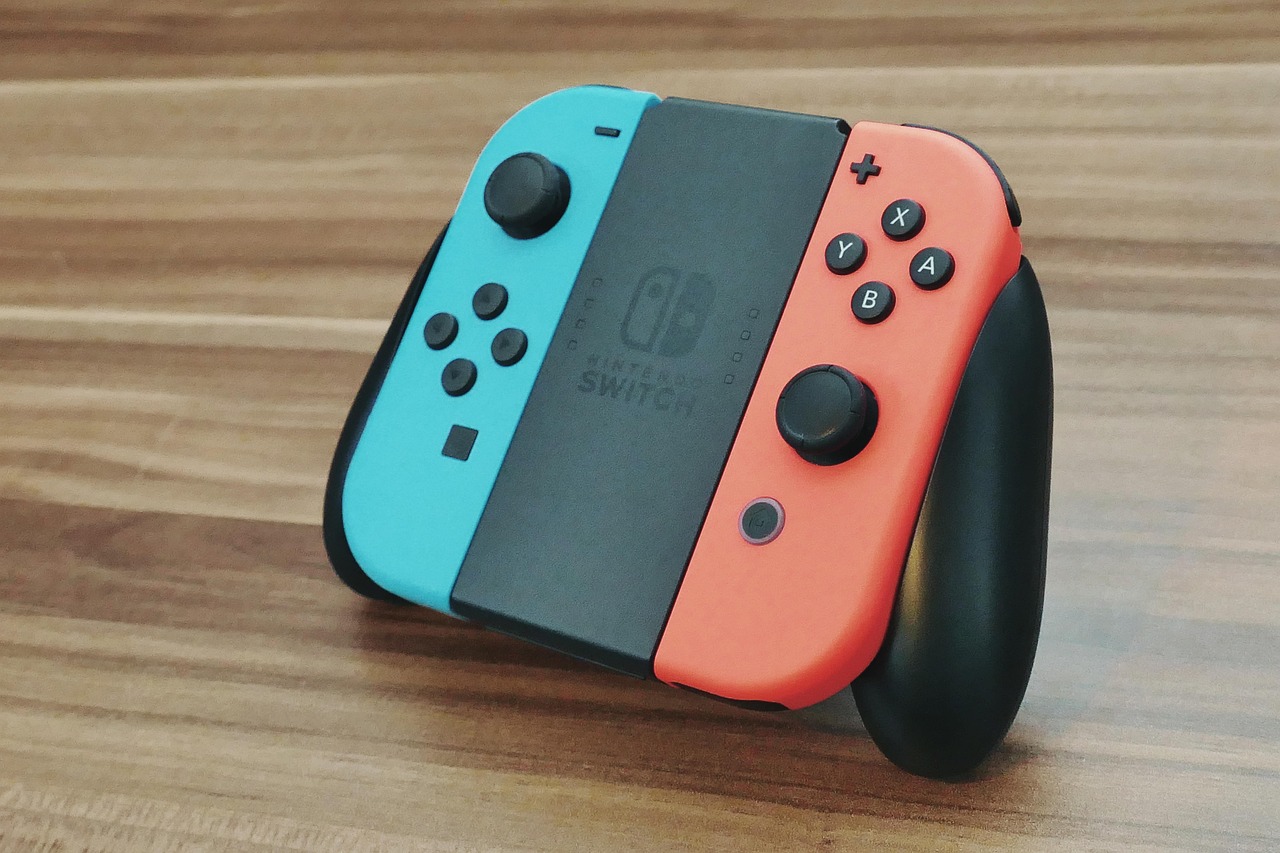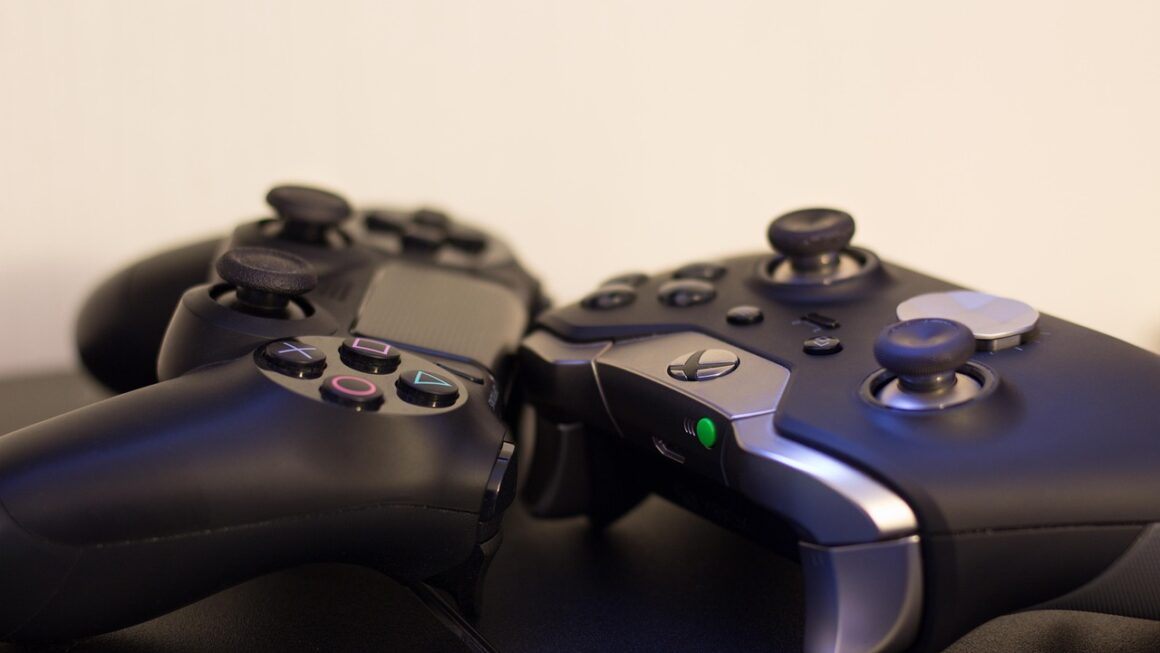Stepping into the world of PC gaming is like unlocking a universe of unparalleled customization, performance, and a vibrant community. It’s more than just playing games; it’s about crafting a tailored experience, pushing the boundaries of graphical fidelity, and connecting with millions of players worldwide. Whether you’re a seasoned veteran or a curious newcomer, understanding the nuances of PC gaming can dramatically enhance your enjoyment and give you a competitive edge.
Why Choose PC Gaming?
Unmatched Customization Options
PC gaming offers a level of customization that consoles simply can’t match. From the hardware components you choose to the software settings you tweak, you have complete control over your gaming environment.
- Hardware: Select your CPU, GPU, RAM, storage, and peripherals to match your budget and gaming preferences. Want to run games at 4K with ultra settings? Choose a high-end graphics card like an NVIDIA GeForce RTX 4080 or AMD Radeon RX 7900 XTX. Prefer a more budget-friendly approach? A Radeon RX 6600 or GeForce RTX 3050 will still deliver a great 1080p gaming experience.
- Software: Fine-tune graphics settings, customize keybindings, install mods, and even create your own custom profiles for different games. Tools like NVIDIA GeForce Experience and AMD Adrenalin provide user-friendly interfaces for optimizing game settings based on your hardware. Many games allow incredibly detailed tweaking of graphical options; for example, disabling motion blur or adjusting shadow quality can significantly improve performance on less powerful systems.
- Peripherals: Choose from a vast array of keyboards, mice, headsets, and controllers to find the perfect fit for your playstyle. A mechanical keyboard with Cherry MX switches can provide a more tactile and responsive feel, while a gaming mouse with adjustable DPI and programmable buttons can give you a competitive edge in FPS games.
Superior Performance and Visuals
PC gaming is synonymous with high frame rates and stunning visuals. With the right hardware, you can experience games at resolutions and frame rates that are impossible on consoles.
- Higher Frame Rates: Enjoy smoother, more responsive gameplay with frame rates exceeding 60 FPS. Many high-end gaming PCs can achieve 120 FPS or even 240 FPS at 1080p or 1440p resolutions, especially in competitive titles like Counter-Strike 2 or Valorant.
- Increased Resolution: Immerse yourself in incredibly detailed worlds with resolutions up to 4K or even 8K. This increased resolution dramatically improves visual clarity and sharpness, making games look more realistic and engaging.
- Advanced Graphics Settings: Take advantage of advanced graphical features like ray tracing, DLSS (Deep Learning Super Sampling), and FSR (FidelityFX Super Resolution) to enhance the visual fidelity of your games. Ray tracing simulates realistic lighting and reflections, while DLSS and FSR use AI to upscale lower resolution images to higher resolutions, improving performance without sacrificing visual quality.
- Monitor Choice: The PC ecosystem offers a greater variety of monitor options, including high refresh rate monitors (144Hz, 240Hz, 360Hz) and ultrawide displays, leading to an even more immersive experience.
A Vast Library of Games
The PC gaming market boasts an expansive library of games, including AAA titles, indie gems, and exclusive PC-only releases.
- Digital Distribution Platforms: Access a wide range of games through platforms like Steam, Epic Games Store, GOG, and Origin. These platforms offer frequent sales, discounts, and free games, making PC gaming more affordable. Steam, in particular, boasts a massive library and a robust community, making it the go-to platform for many PC gamers.
- PC Exclusives: Enjoy games that are only available on PC, often featuring unique gameplay mechanics or innovative design. Examples include strategy games like StarCraft II and Civilization VI, simulation games like Microsoft Flight Simulator, and modding communities for games like Skyrim and Minecraft extend the lifespan of these games significantly.
- Backward Compatibility: Play older games that may not be available on consoles. PC offers better backward compatibility compared to consoles, allowing you to revisit classic titles from previous decades. Platforms like GOG.com specialize in making older games compatible with modern operating systems.
Building Your Gaming PC
Choosing the Right Components
Building your own gaming PC can seem daunting, but it’s a rewarding experience that allows you to tailor your system to your specific needs and budget.
- CPU (Central Processing Unit): The brain of your PC, responsible for processing instructions and running applications. Consider a CPU with multiple cores and high clock speeds for optimal gaming performance. Examples include Intel Core i5 or i7 processors, or AMD Ryzen 5 or 7 processors.
- GPU (Graphics Processing Unit): The heart of your gaming PC, responsible for rendering graphics and displaying images on your monitor. Choose a GPU with sufficient VRAM (Video RAM) and processing power to handle the games you want to play. Examples include NVIDIA GeForce RTX or AMD Radeon RX series graphics cards.
- RAM (Random Access Memory): Provides temporary storage for data that the CPU needs to access quickly. Aim for at least 16GB of RAM for modern games, with 32GB being preferable for demanding titles and multitasking.
- Storage: Choose between a traditional hard drive (HDD) or a solid-state drive (SSD) for storing your operating system, games, and files. SSDs offer significantly faster loading times and improved system responsiveness, so they are highly recommended. A combination of a small SSD for your operating system and frequently played games and a larger HDD for mass storage is also a viable option.
- Motherboard: The main circuit board that connects all of your components. Choose a motherboard that is compatible with your CPU and other components, and that offers the features you need.
- Power Supply Unit (PSU): Provides power to all of your components. Choose a PSU with sufficient wattage to handle the power requirements of your system, with some headroom for future upgrades.
- Case: Houses all of your components and provides cooling. Choose a case that is large enough to accommodate your components and that offers good airflow.
Assembling Your PC
Once you have all of your components, you can begin assembling your PC. There are countless online resources that offer step-by-step guides for PC building.
- YouTube Tutorials: Watch videos from reputable PC builders like Linus Tech Tips, Gamers Nexus, and JayzTwoCents for detailed instructions.
- Online Forums: Seek advice and support from experienced PC builders on forums like Reddit’s r/buildapc.
- Take Your Time: PC building is a methodical process. Don’t rush, and make sure you understand each step before proceeding.
Example Build Configurations
To give you an idea, here are three example builds targeting different budgets and performance levels (prices are approximate and will vary):
- Entry-Level Gaming PC (Around $800): AMD Ryzen 5 5600, Radeon RX 6600, 16GB DDR4 RAM, 500GB NVMe SSD, 550W PSU
- Mid-Range Gaming PC (Around $1200): Intel Core i5-12600K or AMD Ryzen 5 7600X, GeForce RTX 3060 Ti or Radeon RX 6700 XT, 16GB DDR5 RAM, 1TB NVMe SSD, 650W PSU
- High-End Gaming PC (Around $2000+): Intel Core i7-13700K or AMD Ryzen 7 7700X, GeForce RTX 4070 or Radeon RX 7900 XT, 32GB DDR5 RAM, 1TB NVMe SSD + 2TB HDD, 850W PSU
Optimizing Your Gaming Experience
Software and Drivers
Keeping your software and drivers up-to-date is crucial for optimal performance and stability.
- Operating System: Ensure you’re running the latest version of Windows (or your preferred OS) and that all security updates are installed.
- Graphics Drivers: Download the latest drivers from NVIDIA or AMD’s websites. These drivers often include performance optimizations and bug fixes for specific games.
- Game Patches: Install the latest patches for your games to fix bugs and improve performance.
- Keep Drivers Updated: Use tools like NVIDIA GeForce Experience or AMD Adrenalin to automatically check for and install driver updates.
In-Game Settings
Experiment with different in-game settings to find the optimal balance between visual quality and performance.
- Resolution: Lowering the resolution can significantly improve frame rates, especially on less powerful systems.
- Graphics Presets: Start with a lower graphics preset and gradually increase the settings until you find a sweet spot.
- Individual Settings: Adjust individual settings like shadow quality, texture quality, and anti-aliasing to fine-tune performance.
- Monitor Refresh Rate: Ensure your monitor refresh rate is set correctly in Windows and in-game settings to take advantage of high refresh rate displays.
Overclocking (Optional)
Overclocking allows you to push your CPU and GPU beyond their stock speeds for increased performance. However, it also carries risks and requires careful monitoring of temperatures.
- CPU Overclocking: Use your motherboard’s BIOS or software like Intel Extreme Tuning Utility (XTU) or AMD Ryzen Master to overclock your CPU.
- GPU Overclocking: Use software like MSI Afterburner or EVGA Precision X1 to overclock your GPU.
- Monitor Temperatures: Use monitoring software like HWMonitor or CPU-Z to monitor your CPU and GPU temperatures. Ensure they stay within safe limits to prevent damage.
- Proceed With Caution: Overclocking can void your warranty, so proceed with caution and research the process thoroughly before attempting it.
The PC Gaming Community
Online Platforms and Forums
The PC gaming community is a vibrant and welcoming space for gamers of all levels.
- Steam Community: Connect with friends, join groups, and participate in discussions on the Steam Community.
- Reddit: Explore subreddits like r/pcgaming, r/buildapc, and r/gaming for news, discussions, and support.
- Discord Servers: Join Discord servers dedicated to specific games or genres to chat with other players and find groups to play with.
- Twitch and YouTube: Watch live streams and videos from popular PC gamers and content creators.
Esports and Competitive Gaming
PC gaming is the dominant platform for esports and competitive gaming.
- Popular Esports Titles: Games like Counter-Strike 2, League of Legends, Dota 2, and Valorant are all primarily played on PC and have thriving esports scenes.
- Professional Leagues and Tournaments: Watch professional players compete in leagues and tournaments for millions of dollars in prize money.
- Get Involved: Participate in online tournaments and ladders to test your skills and compete against other players.
Conclusion
PC gaming provides an unparalleled experience, offering customization, performance, and community that sets it apart from other platforms. By understanding the nuances of hardware, software, and the gaming community, you can unlock a world of endless possibilities and enjoy gaming at its finest. Whether you choose to build your own rig or opt for a pre-built system, the world of PC gaming awaits, ready to deliver countless hours of entertainment and competition.




